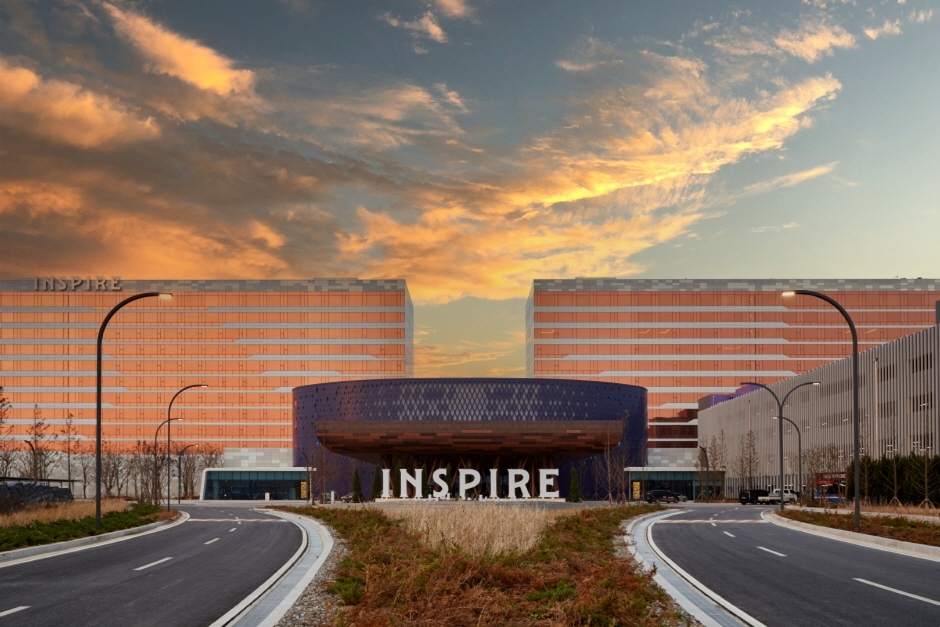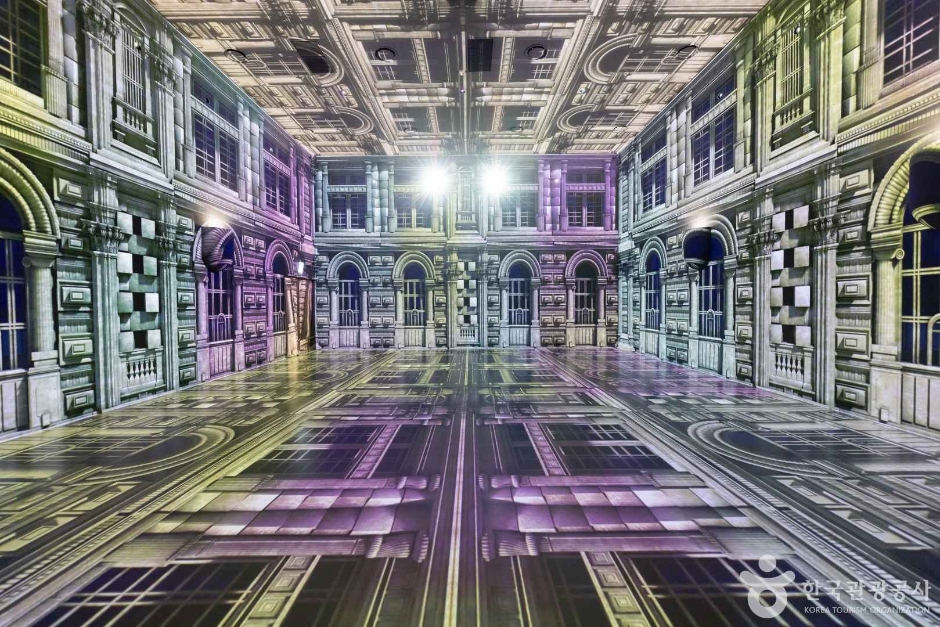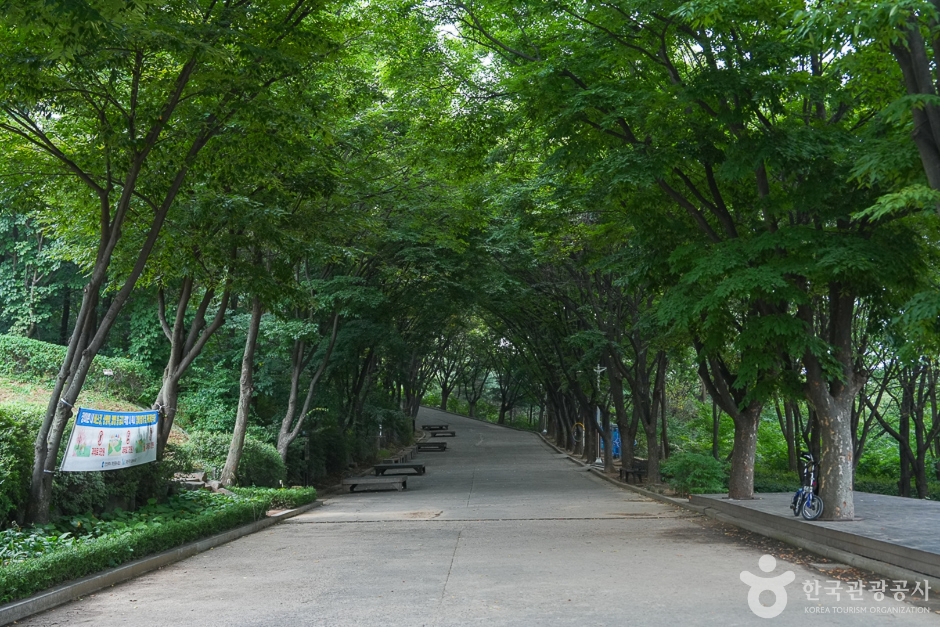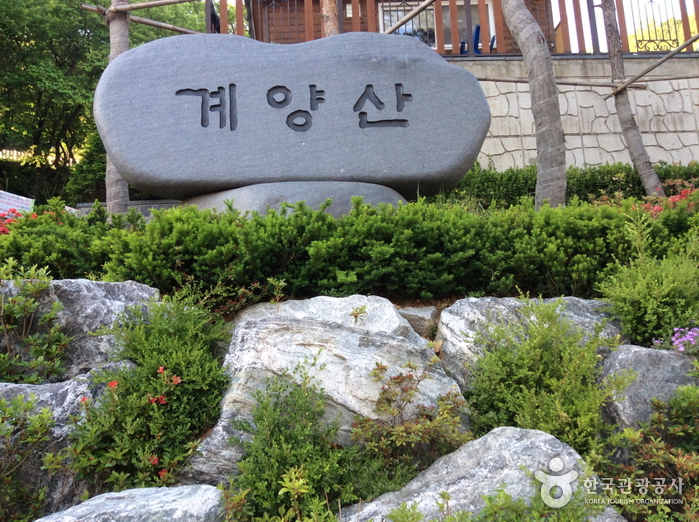Olive Young - Gimpo Sau Branch [Tax Refund Shop] (올리브영 김포사우)
18.1Km 2024-04-22
45, Saujung-ro, Gimpo-si, Gyeonggi-do
-
Inspire Entertainment Resort (인스파이어 엔터테인먼트 리조트)
18.1Km 2025-06-05
127 Gonghangmunhwa-ro, Jung-gu, Incheon
Inspire Entertainment Resort is a grand resort complex comprising a variety of amenities and entertainment. It has a five-star hotel that consists of three buildings, each uniquely designed with a concept of its own. The resort also features Korea's first-ever 15,000-seat performance arena, an indoor water park roofed with a glass dome, and a banquet hall consisting of cutting-edge equipment and the largest hotel ballroom in Korea. In addition, the resort also has an outdoor entertainment park that can accommodate a maximum of 30,000 people, Korea's largest foreigner-only casino, a 150-meter digital entertainment street with stunning LED decor, and other leisure amenities.
Le Space (르 스페이스)
18.1Km 2025-11-06
127 Gonghangmunhwa-ro, Jung-gu, Incheon
Le Space is an exhibition space within Inspire Resort, featuring fantastic media art inspired by the theme “Yeongjongdo Island, connecting the earth and the sky.” With advanced technology, the exhibit includes interactive alien planets and creatures that respond to visitors’ actions, creating an experience reminiscent of the movie “Avatar.”
Aegibong Peak (Gimpo Section) (애기봉 (김포))
18.2Km 2025-01-08
139, Pyeonghwagongwon-ro, Gimpo-si, Gyeonggi-do
+82-31-988-6128
Aegibong Peak is located at the northern tip of Gimpo city about an hour’s drive from the downtown area. The mountain is where North and South Korea engaged in a fierce battle at the end of the Korean War; after the battle, Korea was divided into two nations. Since the peak is still a restricted area, visitors must present their passport in order to be admitted. From the peak, an open view of North Korean territory unfolds below and visitors can see South Korean territory as far as Songhaksan Mountain in Chungcheongnam-do.
Gyeyangsan Mountain Trail (계양산둘레길)
18.2Km 2024-02-15
Danam-dong, Gyeyang-gu, Incheon
The Gyeyangsan Mountain Trail, spanning 7.29 kilometers, is set around Gyeyangsan Mountain, which stands at 395 meters above sea level in Incheon. The journey begins at the Gyeyangsan Outdoor Theater and winds through several notable points including Imhak Ogeori, Mudanggol Mineral Spring, Pigogae Pass, Jingmaeigogae Pass, the Rose Garden, and the Gyeyang Cultural Center, before circling back to the starting point. The trek, which takes approximately two hours to complete, is facilitated by a decked path that extends throughout the route, making it accessible and enjoyable for hikers.
Naeunhospital (나은병원)
18.3Km 2025-10-23
23 Wonjeok-ro, Seo-gu, Incheon
Naeun Hospital is a large general hospital with a high-quality medical system that is on par with university hospitals' scale and quality of care. We have advanced digital medical equipment such as MRI, MD-CT, SONO, and electronic chart software.
Additionally, Naeun Hospital has been recognized as a certified medical institution by the Health Insurance Review and Assessment Service, receiving certification in the first cycle (2013), second cycle (2017), and third cycle (April 2021) of the general hospital accreditation program, confirming its status as a safe medical institution with the highest level of medical care. Furthermore, the hospital has demonstrated its objective credibility by achieving a first-place national ranking in the quality assessment for acute stroke, earning Platinum status from the World Stroke Organization (WSO), and ranking 16th nationwide in the Patient Experience Survey.
In addition, Naeun Hospital operates three high-end health screening centers located in Gajwa, Songdo, and Geomdan. In response to the era of medical globalization, the hospital manages the Jian Health Promotion Center in Incheon Songdo International City, spanning 3,300 square meters, and the Gajwa Health Promotion Center, which boasts the largest and most advanced screening system in the country.
Homeplus - Gimpo Pungmu Branch [Tax Refund Shop] (홈플러스 김포풍무)
18.4Km 2024-04-22
167, Pungmu-ro, Gimpo-si, Gyeonggi-do
-
Jeokseoksa Temple (적석사)
18.8Km 2021-08-02
181, Yeonchon-gil, Ganghwa-gun, Incheon
+82-32-932-6191
Jeokseoksa Temple is a traditional Buddhist temple that was founded around 1,600 years ago. It is known for "Gamnojeong," which is the water trickling out from the rock crevices on the east side of Daeungjeon Hall (main temple building). While the water is cool and sweet, legend has it that it dries up or turns murky in times of national crisis. According to the records, Palman Daejanggyeong (Tripitaka Koreana printing woodblocks) used to be kept in Jeokseoksa before they were moved to Baengnyeongsa Temple, then to Jeondeungsa Temple, and finally to Haeinsa Temple.
Jeokseoksa Temple is connected to Nakjodae Observatory, which offers a magnificent view of the sun setting over the West Sea. In fact, the view is so magnificent that it is admired as one of the 10 best sceneries of Ganghwado Island.
Gyeyangsan Mountain (계양산)
18.8Km 2021-05-24
26, Gyeyangsan-ro 75beon-gil, Gyeyang-gu, Incheon
+82-32-450-5654
Gyeyangsan Mountain, which reaches an altitude of 395 meters, is considered a guardian and holy mountain that is representative of Incheon. The mountain’s name changed several times, according to the name changes of the region. It was previously called "Sujuak" as part of the Suju administration of the Goryeo dynasty, "Annamsan Mountain" during Annam administration, and finally was renamed "Gyeyangsan Mountain" during Gyeyang administration.
Gyeyangsan’s name originates from the area that is home to the Korean box tree, which produces cassia bark used to make cinnamon. Gyeyang Park was designated as Incheon’s first urban natural park on January 8, 1944, and since then, the mountain has gone on to become the city’s top municipal park.
Olive Young - Gyesan Samgeori Branch [Tax Refund Shop] (올리브영 계산삼거리)
19.0Km 2024-04-16
1048, Gyeongmyeong-daero, Gyeyang-gu, Incheon
-
![Olive Young - Gimpo Sau Branch [Tax Refund Shop] (올리브영 김포사우)](http://tong.visitkorea.or.kr/cms/resource/13/2880513_image2_1.jpg)




![Homeplus - Gimpo Pungmu Branch [Tax Refund Shop] (홈플러스 김포풍무)](http://tong.visitkorea.or.kr/cms/resource/17/2880517_image2_1.jpg)

![Olive Young - Gyesan Samgeori Branch [Tax Refund Shop] (올리브영 계산삼거리)](http://tong.visitkorea.or.kr/cms/resource/03/2882403_image2_1.jpg)
 English
English
 한국어
한국어 日本語
日本語 中文(简体)
中文(简体) Deutsch
Deutsch Français
Français Español
Español Русский
Русский